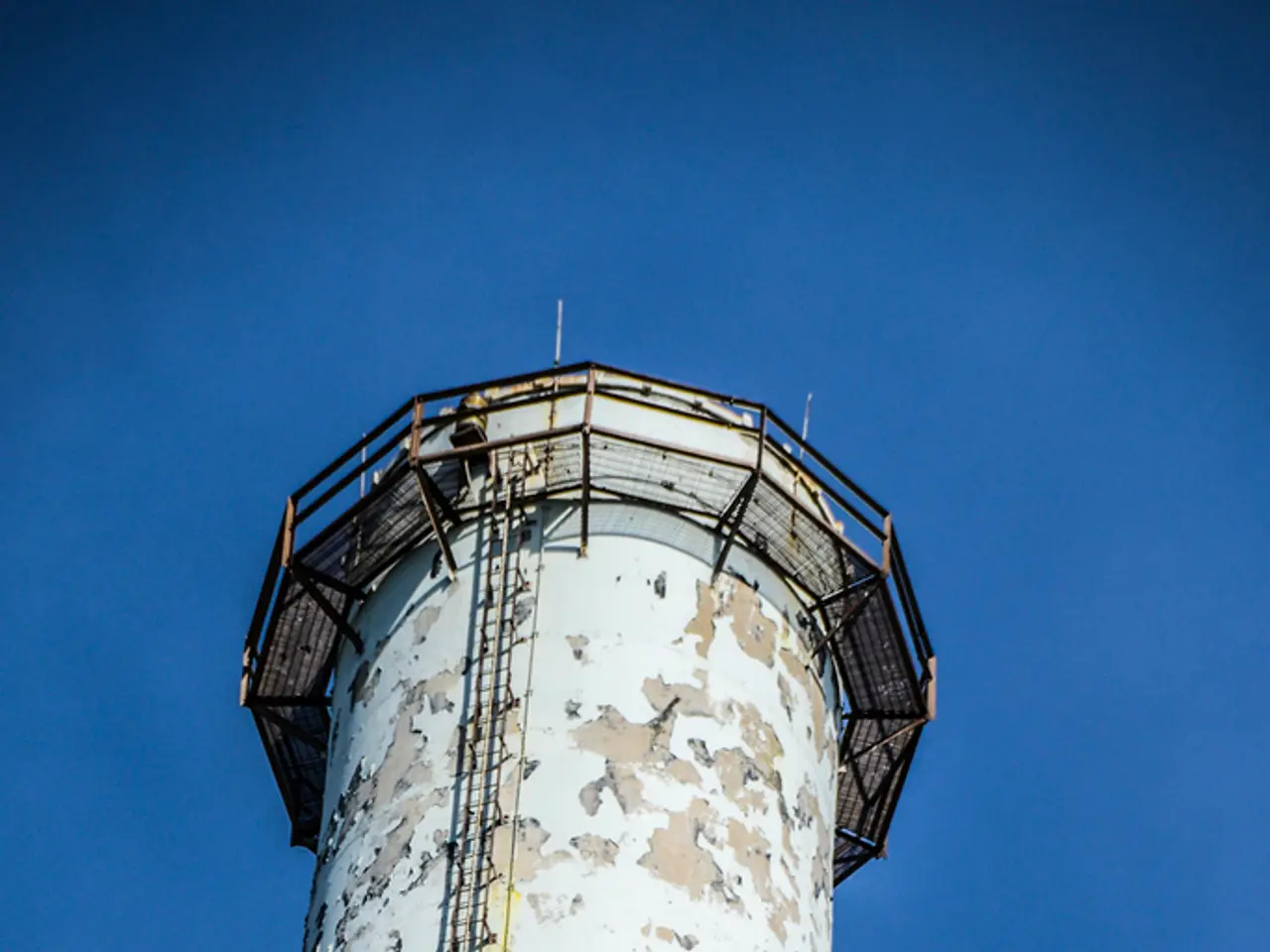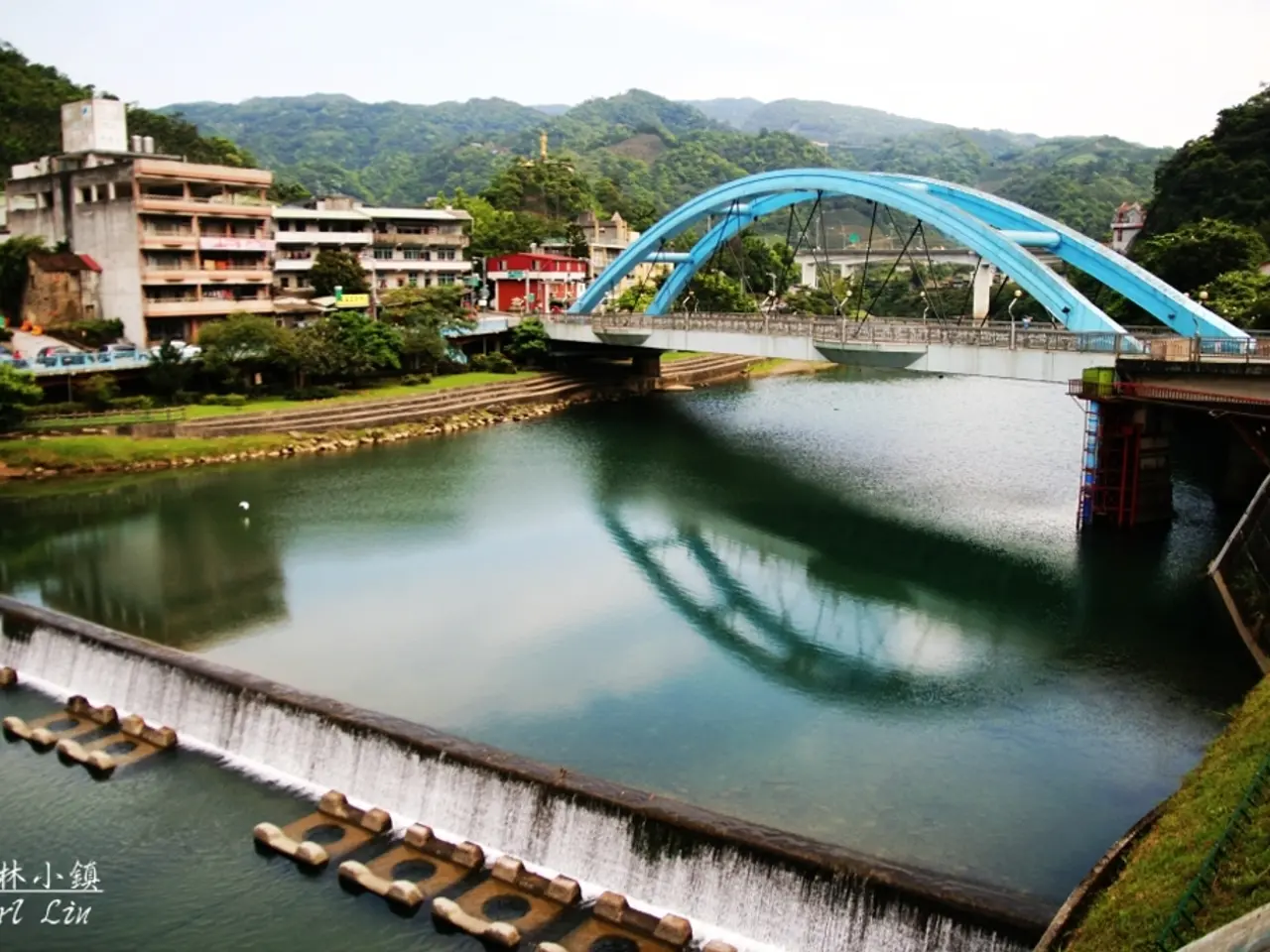A replica of the intellectual complex "Kupol" in Anapa is to be constructed in Gelendzhik.
In a bid to enhance safety and security for both residents and visitors, the city of Gelendzhik is set to introduce an advanced video surveillance system. This project, which is one of the most advanced in the region, is part of a larger program to modernize the system in the Krasnodar region.
The system, slated to be operational soon, will feature high-resolution cameras capable of facial recognition and vehicle license plate identification. Real-time processing of incoming data from the cameras is planned, aiming to increase the speed of detecting and apprehending individuals who violate public order.
The head of the Gelendzhik administration, Alexei Bogodistov, confirmed these features, stating that the cameras will have the ability to recognize faces and identify license plates of vehicles. The city council has approved the allocation of 32 million rubles from the local budget to implement this project.
A total of 642 cameras will be installed in key public zones of Gelendzhik, including streets, embankments, squares, parks, and areas adjacent to bus stations.
While specific data on the success rate or impact on crime rates for Gelendzhik's system is not currently available, similar systems have shown promising results elsewhere. For instance, the "Kupol" system in Anapa, a similar system that has been operating for several years, has prevented more than 230 administrative offenses and apprehended over 170 suspects, including those wanted by federal authorities. Since the beginning of 2025, over 350 crimes have been detected using the "Kupol" system in Anapa.
Typical metrics used to evaluate facial recognition surveillance systems include identification accuracy and false positive rate. These metrics measure the system's ability to correctly identify individuals and minimise incorrect identifications, respectively.
It is important to note that the effectiveness of such systems can vary based on factors such as the quality of the cameras, the complexity of the environment, and the diversity of the population. As more data becomes available, we can expect to gain a better understanding of the impact of the new system in Gelendzhik on crime rates and public safety.
The advanced video surveillance system being introduced in Gelendzhik, with capabilities for facial recognition and vehicle license plate identification, falls under the category of 'technology' and is considered 'general-news'. This system, intended to boost public safety, will be used to expedite the detection and apprehension of individuals violating public order, serving as a tool in the field of 'crime-and-justice'.




